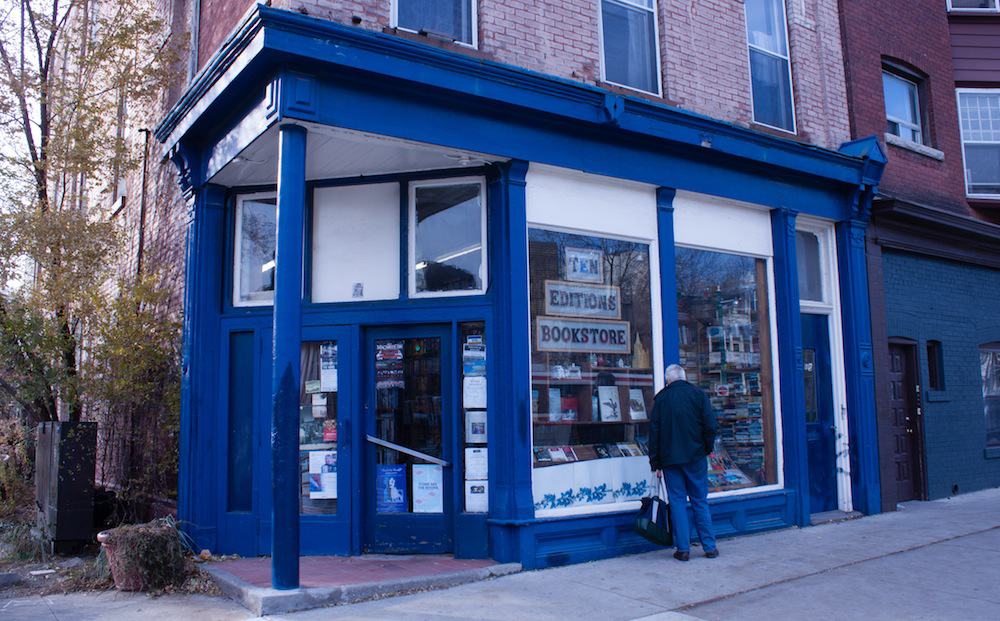U of T is 2,000 beds short of meeting its projected student housing demand in 2020.
A number of issues surround proposed remedies to this shortage, including where the buildings could go, whom they will house, and whether U of T or a private organization will manage them.
U of T is currently exploring two proposals for student residence buildings. In partnership with Daniels Corporation, U of T is considering constructing a student residence on the northwest corner of Sussex and Spadina. According to vice-president, university operations Scott Mabury, the department met with a group of student leaders in the fall to speak about the possible project.
Although plans remain in the early stages, the proposal is for the residence to have around 500 to 600 units, and house a mix of undergraduate and graduate students. The Daniels proposal differs from projects proposed by Knightstone Capital Management Inc. and the Wynn Group, who planned to manage the buildings themselves with comparatively little oversight by the university. Both the Knightstone and Wynn proposals have been very controversial, with the former awaiting a decision from the Ontario Municipal Board after being rejected by City Council, and the latter having recently been rejected by the city.
U of T plans to run and operate this building, but retain a partnership with the Daniels Corporation. The Daniels Corporation controls the land at 698–700 Spadina Ave., while the University of Toronto owns 702–706 Spadina Ave. and 54 Sussex Ave.
At a community meeting on December 4, 2013, a number of local residents expressed concerns about the project in general. After the meeting, local city councillor Adam Vaughan put together a list of requests regarding the residence project. Vaughan’s requests include respecting heritage, incorporating retail, and truck access for deliveries.
According to Mabury, the plan for the second project is still in the preliminary stages. The university hopes to build on Harbord between Spadina and Huron. The residence would be east of the Grad House and west of the Wolfond Center. The building would be serviced by the Grad Center, and U of T hopes to have a retail section on the first floor. The tentative plans are for the building to be eight floors, and act as an expansion to the Graduate House for an additional 200 graduate students.
At the Business Board meeting on January 27, 2014, Mabury spoke of the cumulative effects of these projects on the Huron-Sussex area. “It represents an outcome for the Huron-Sussex district that is unlike anything in the last 13 years,” Mabury noted. “That relationship for 15 years has been one fraught with great tension — incredible tension. We now will bring a report forward — which I believe will have community and university joint support and approval — for planning and development going forward in Huron-Sussex that envisages north of 600 units of housing added to that district.”


